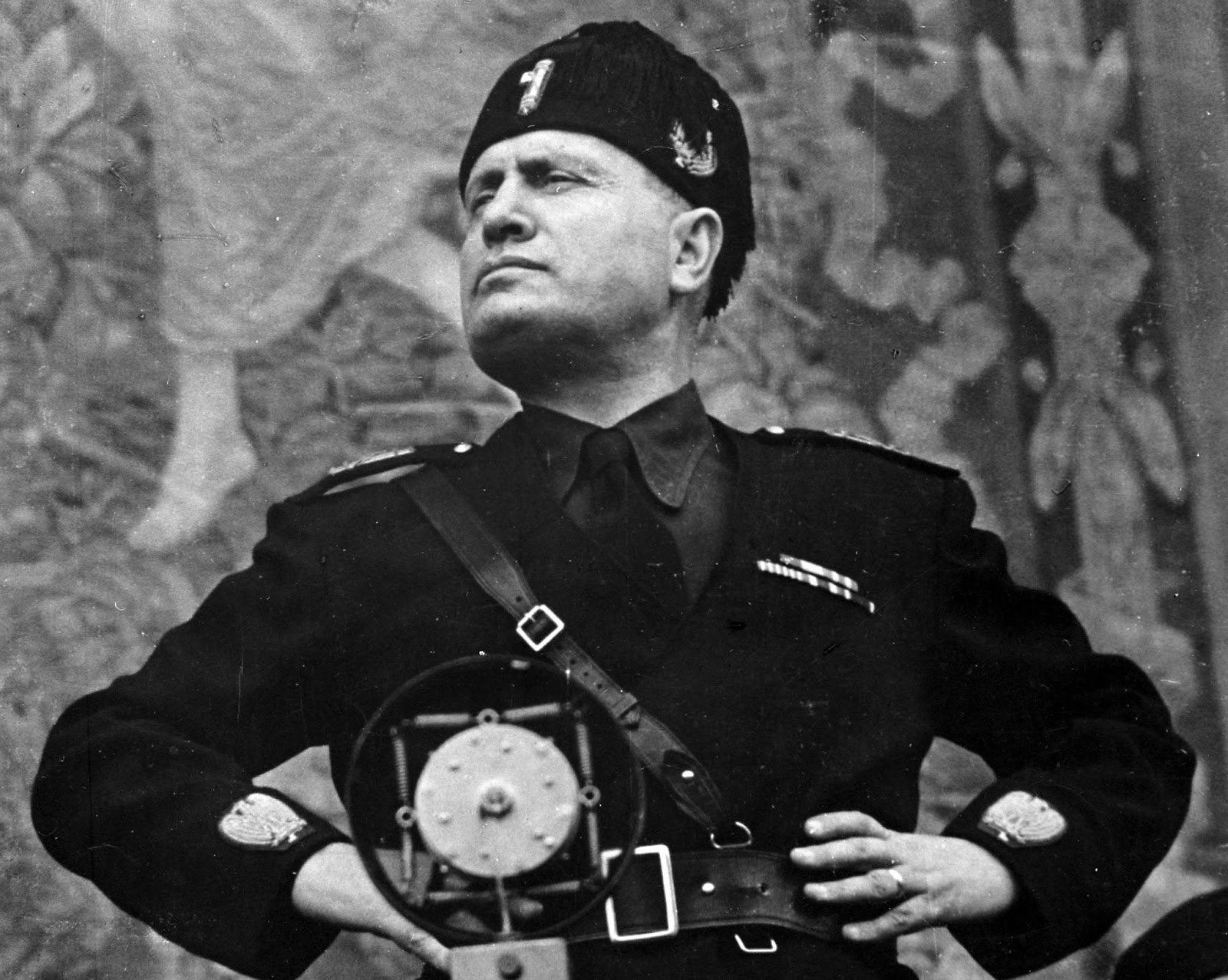So this thread is inspired by the amazing Footprint of Mussolini TL by @Sorairo and is intended for any images that you've made or found that could fit in with the TL.
You are using an out of date browser. It may not display this or other websites correctly.
You should upgrade or use an alternative browser.
You should upgrade or use an alternative browser.
Images from the Footprint of Mussolini
- Thread starter Waltzing Brunhilda
- Start date
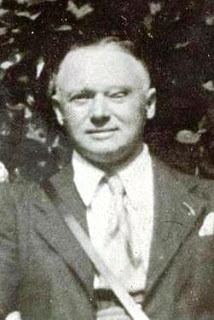
Ettore Ovazza, the Kingdom of Italy’s ambassador to the State of Israel after its establishment, pictured here in the late 1940s.
Ovazza would continue on as ambassador until his death a week later after Mussolini’s own death in 1963. Until the day of his death, he remained steadfast in his love and devotion for the late Duce, for Israel, for Italy, and for fascism.
Last edited:
The Great Synagogue of Warsaw in 1990. Rebuilt through Polish-Israeli efforts it has become the symbol of the rebirth of Jewish life in Poland. It was reopened in 1985 in a ceremony with the presence of former Polish President Witold Pilecki, Israeli Prime Minister Anne Frank and the director of the Warsaw Philharmonic Orchestra Władysław Szpilman

Italian troops moving into Austria during the later stages of WWII.
Last edited:
What would the average Italian soldier look like by the time of the Ethiopia War (1960s to 1970s)?
Probably like the Portuguese in the 1970s. With similar helmets.What would the average Italian soldier look like by the time of the Ethiopia War (1960s to 1970s)?
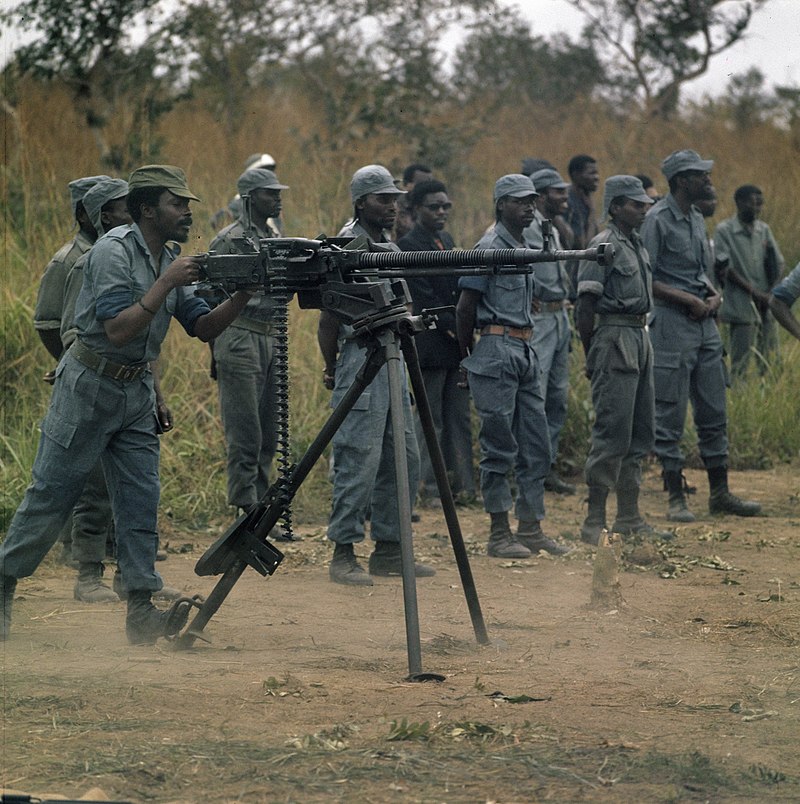
Italian soldiers torching a hut, circa 1971 [(the hut is part of a suspected rebel-sympathetic village in southern Abyssinia) top]. Abyssinian rebels train in the border regions of the East African Federation circa 1969 (bottom).
Last edited:
Photo of future PM of Israel Anne Frank taken some time in the 1950s. (Note, image taken from the photos from alternate worlds thread.)
The destruction of Addis Ababa via thermonuclear bomb by the Italian air force on April 2, 1970.
Last edited:
King Victor Emmanuel IV of Italy pictured here in 2009. Ascending to the throne in 1983 when his father Umberto II died. King Victor was the first Italian monarch to hold no power during his reign and is widely seen as a figurehead. During his reign he saw the second fascist government and its peaceful transition out following the elections. Today his heir crown Prince Emanuele Filiberto is well known due to publicity and interaction with the Italian public. The Italian Monarchy is thriving as one of the many crowned heads of Europe.

Kaiser Ferdinand VI of Germany pictured here in 2014 he would ascend to the throne in 1994 following the death of his widely popular grandfather Ferdinand V. He continued the constitutional reign of his predecessor and is very popular among the citizens of Germany. Has been noted to support the restoration of the sub-national German monarchies that existed prior to 1918 which has seen some controversy with the SPD. Despite this the German Monarchy represents the vanguard of the restoration and popularity of monarchies both in Europe and across the world.

Kaiser Ferdinand VI of Germany pictured here in 2014 he would ascend to the throne in 1994 following the death of his widely popular grandfather Ferdinand V. He continued the constitutional reign of his predecessor and is very popular among the citizens of Germany. Has been noted to support the restoration of the sub-national German monarchies that existed prior to 1918 which has seen some controversy with the SPD. Despite this the German Monarchy represents the vanguard of the restoration and popularity of monarchies both in Europe and across the world.
Last edited:
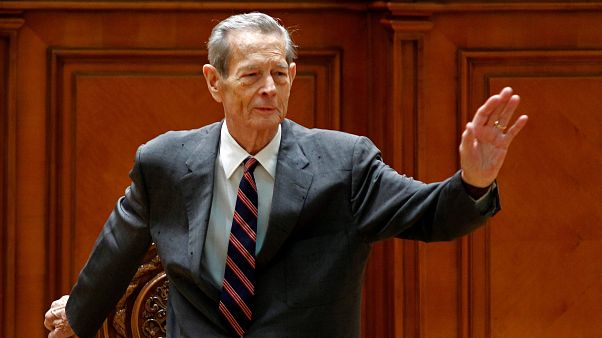
King Michael I of Romania. Born in Bucharest in 1921 as son of king Carol II. Him became king of the Romanians in 1927 but was overthrown by his father only three years later. Michael returned to throne in 1940. During WW2 Romania was under dictatorship of Ion Antonescu and allied with Nazi Germany. In 1943 Roman Alliance joined to war after Germany attacked to Trieste for killing Hungarian Jewish refugees. In January 1944 Michael I made surprise move and ousted Antonescu and begun negotiate peace with Allies. These weren't easy and Italians and Soviets had much of disbutes over future of Romania. Finally it was decided that Romania would become neutral nation. It too lost whole Dobruja region making Romania landlocked nation.
During post-war years the king supported transition to democracy altough him had still some of power. Michael I was very popular among Romanians and people in other countries. He too held close relationships with other European royal families. His reign saw creation of democratic and stable Romania and economic boost in 1950's and 1960's. Under his reign Romania created close relationships with its neutral neighbor Hungary. Michael even managed approve autonomy to Hungarian speaking Szekely Land which partially placated Hungarian nationalists. Michael I managed keep Romania neutral through Cold War and Cool War altough it wasn't always easy. Communists inside of the country caused some problems and in 1970 relationships with Italy changed frosty when the king publicly condemned nuking of Addis Abeba.
After collapsing of Communism and Fascism the king personally would had wanted join to ITO but government still decided keep Romania as neutral nation. There was too some discuss Moldova joining to Romania but Moldovans were and are still strictly republicans so re-unification hasn't happened and it hardly happens on seeable future. Michael I reigned Romania longer than any Romanian monarch and he oversaw several popes, US presidents and UK prime minister and even few British monarchs. During his last years the king moved several of his duties to his daughter crown princess Margareta due his declining health and high age. The king died in 2017 in Bucharest Royal Palace at age of 96 and was widely mourned. His funeral was attended by several royals around Europe and there was representant almost all republics of Europe, Americas and even from some Asian nations. He was succeeded by his oldest daughter Margareta I.

Margareta I of Romania was born in 1949 in Bucharest Royal palace as oldest daughter of king Michael I of Romania and queen Anne of Bourbon-Parma. Romania had agnatic sucession so it wasn't expected that she ever would become reigning queen. But when the king got yet four other daughers it seemed that he is not going get son so in 1962 succession law was changed so that daughter can inherit throne if king/queen has not son. In 1973 crown princess Margareta married Duarte II's of Portugal second son infante Miguel, duke of Viseu. They got four children Mihai (b. 1975), Nicolae (b. 1977), Iliana (b. 1980) and Maria (b. 1981). Margareta became popular person in Romania and foreign nations. In 2010's she got more duties when her father's health begun decline notably. Margareta became first regnal queen in 2017 after death of Michael I. The queen has too held close relationships with other royal families of Europe like other her father did.
Andrei Zhdanov. Close ally of Stalin and organisor of SSRs of Baltics and Finland. He too strongly supported bringing Poland to Soviet sphere.
Soviet officers arrive to Helsinki, Finland on Spring 1944. Soon they begun to organise "referendum" about creation of Finnish SSR.
First nominal leader of Finnish SSR Otto-Wille Kuusinen. Long-time ally of Stalin and hard-line communist was and is still hated man in Finland. His name is still similar synonyme for traitor as Quisling is for Norweigians. He controlled Finland under Soviet control with iron fist. But even he couldn't avoid Stalin's purges and was executed in 1948.
Finnish forest guerillas in 1940's. Soon after Finland had surrended to Soviet Union in 1944 thousands of soldiers hid military equipments like rifles, grenades and other such stuff to many places and retreated hiding to forests. When Finnish SSR was declared in 1945 they begun their action and commited several military operations against Red Army. Forest Guerillas were quiet well organised and it was pretty big and effective thanks of large support of Finnish population and many secret supply routes to Sweden. They continued operations until 1950's when Soviets finally were able to finish their major activitiies altough there was still small guerilla cells always until dissolution of USSR. In Finland was too many other resistance groups which practised sabotages and assassinated Soviet officials and Finnish collaboratists.


Elite Italian troops perform their signature jog-step march during victory celebrations in Vienna, Austria at the close of the Second World War (top). Kurt Alois Josef Johann Schuschnigg, the chancellor of the restored Federal State of Austria, pictured here in 1956 (bottom).
Tsar Simon II of Bulgaria pictured here in 2015 one of the longest reigning monarchs of all time being monarch for 77 years whiles his father oversaw the rise of Bulgaria from the failure of the first world war Simon is credited with the continuation of Bulgaria's position in both the Roman Alliance and later the CIS he is very popular in Bulgaria and his heir crown prince Simon is one of the symbols of Bulgaria's military after rising to general of his own accord.

Archduke of Austria and King of Hungary Karl II head of the house of habsburg-lorraine and heir of Otto. His father and family represents the resurgence of monarchism in Europe following the Second World War. He is widely popular in both Austria and Hungary alongside many former Habsburg realms and internationally with his heir archduke Miklós named after the regent of Hungary following the First World war is very popular in Hungary and many look forward to his regin with hope for the future.

Prince George the prince of Wales crown prince to the United Kingdom and the Imperial Federation pictured here in 2019. He is the longest heir presumptive in British History with his mother Queen Elizabeth II having seen the height of fascism and it's downfall within her reign. He has four children and three siblings his Brother prince Edward the Duke of York has been a member of the Royal Navy for the last few decades ever since the Beagles War, His two sisters are princess Mary and princess Anne. His Children are prince Henry, prince Charles, prince William and princess Elizabeth.

Next time on the crowned Heads of the World: Croatia, Greece and Vietnam.
Archduke of Austria and King of Hungary Karl II head of the house of habsburg-lorraine and heir of Otto. His father and family represents the resurgence of monarchism in Europe following the Second World War. He is widely popular in both Austria and Hungary alongside many former Habsburg realms and internationally with his heir archduke Miklós named after the regent of Hungary following the First World war is very popular in Hungary and many look forward to his regin with hope for the future.
Prince George the prince of Wales crown prince to the United Kingdom and the Imperial Federation pictured here in 2019. He is the longest heir presumptive in British History with his mother Queen Elizabeth II having seen the height of fascism and it's downfall within her reign. He has four children and three siblings his Brother prince Edward the Duke of York has been a member of the Royal Navy for the last few decades ever since the Beagles War, His two sisters are princess Mary and princess Anne. His Children are prince Henry, prince Charles, prince William and princess Elizabeth.
Next time on the crowned Heads of the World: Croatia, Greece and Vietnam.
Share:
